Santa Maria di Basciano. Church of S. M. in Porto Lungo
2024
The Church of S. Maria a Porto Lungo is of notable artistic interest, dating back to the 14th century and, built on an ancient pagan temple, is in Romanesque style.
You may also like
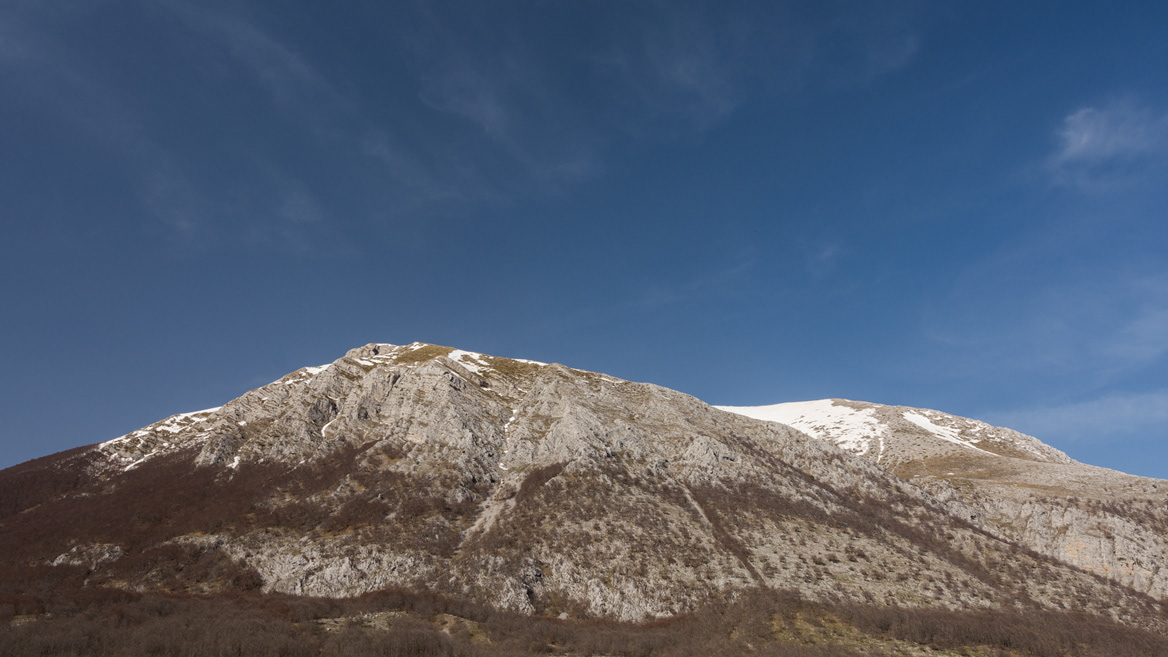
2018
P.N.A.L.M. - Part III
The National Park of Abruzzo, Lazio and Molise is a national park including for the most part (about 3/4) in the province of L'Aquila in Abruzzo and for the remainder in that of Frosinone in Lazio and in that of Isernia in Molise. It was inaugurated on 9 September 1922 in Pescasseroli, the current headquarters and central management of the park, while the body of the same name had already been established on 25 November 1921 with a provisional directorate. Its establishment took place officially with the Royal decree-law of 11 January 1923.
2024
Manoppello. The Holy Face
The Holy Face is a depiction of the face of Jesus preserved in Manoppello, in the Basilica of the Holy Face.
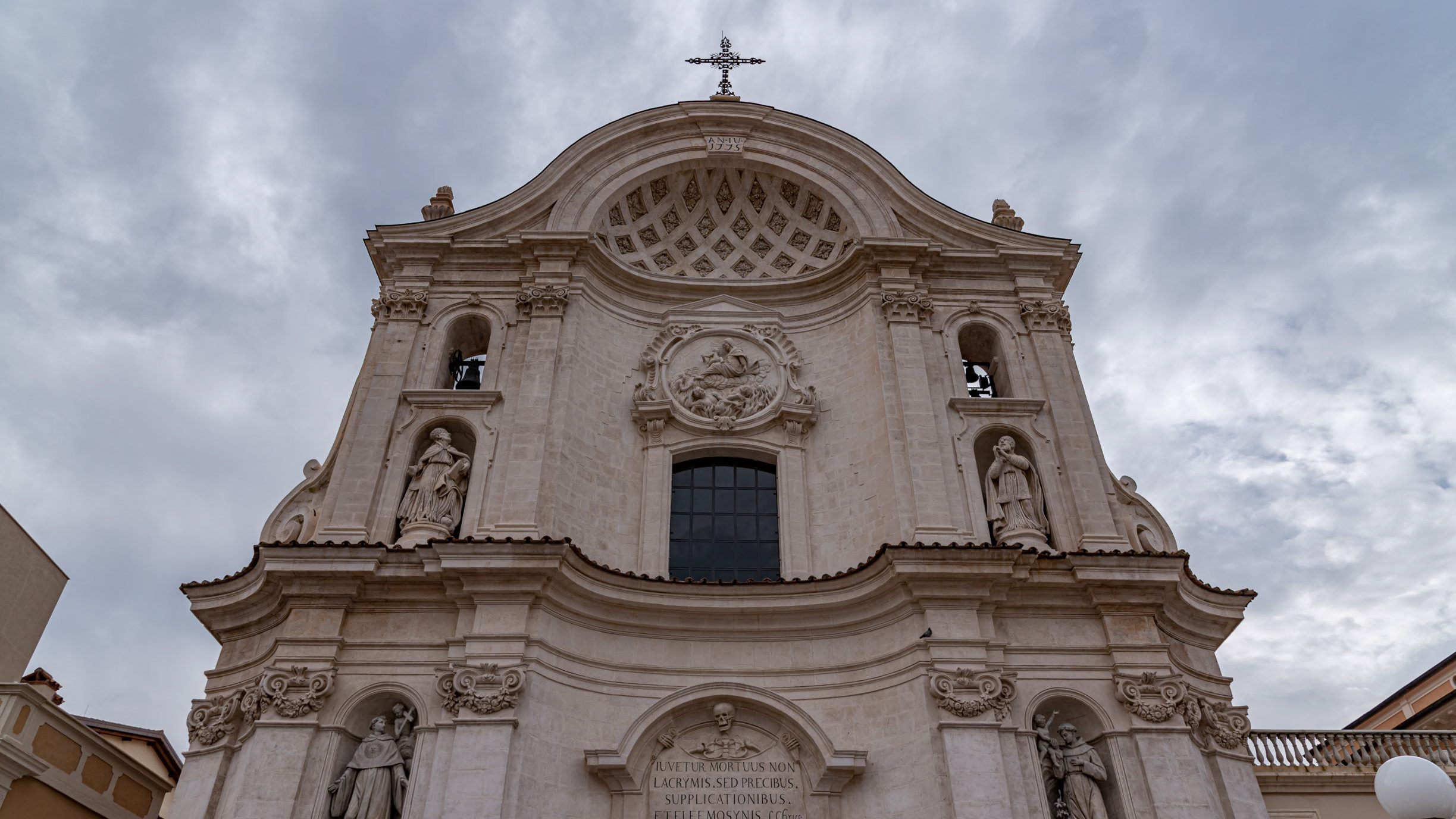
2020
L'Aquila. Church of Santa Maria del Suffragio - 2019
Built starting in 1713 for the victims of the earthquake of 1703, it is the symbol of the eighteenth-century reconstruction of the city and represents the maximum expression of the religious architecture of L'Aquila in the eighteenth century.
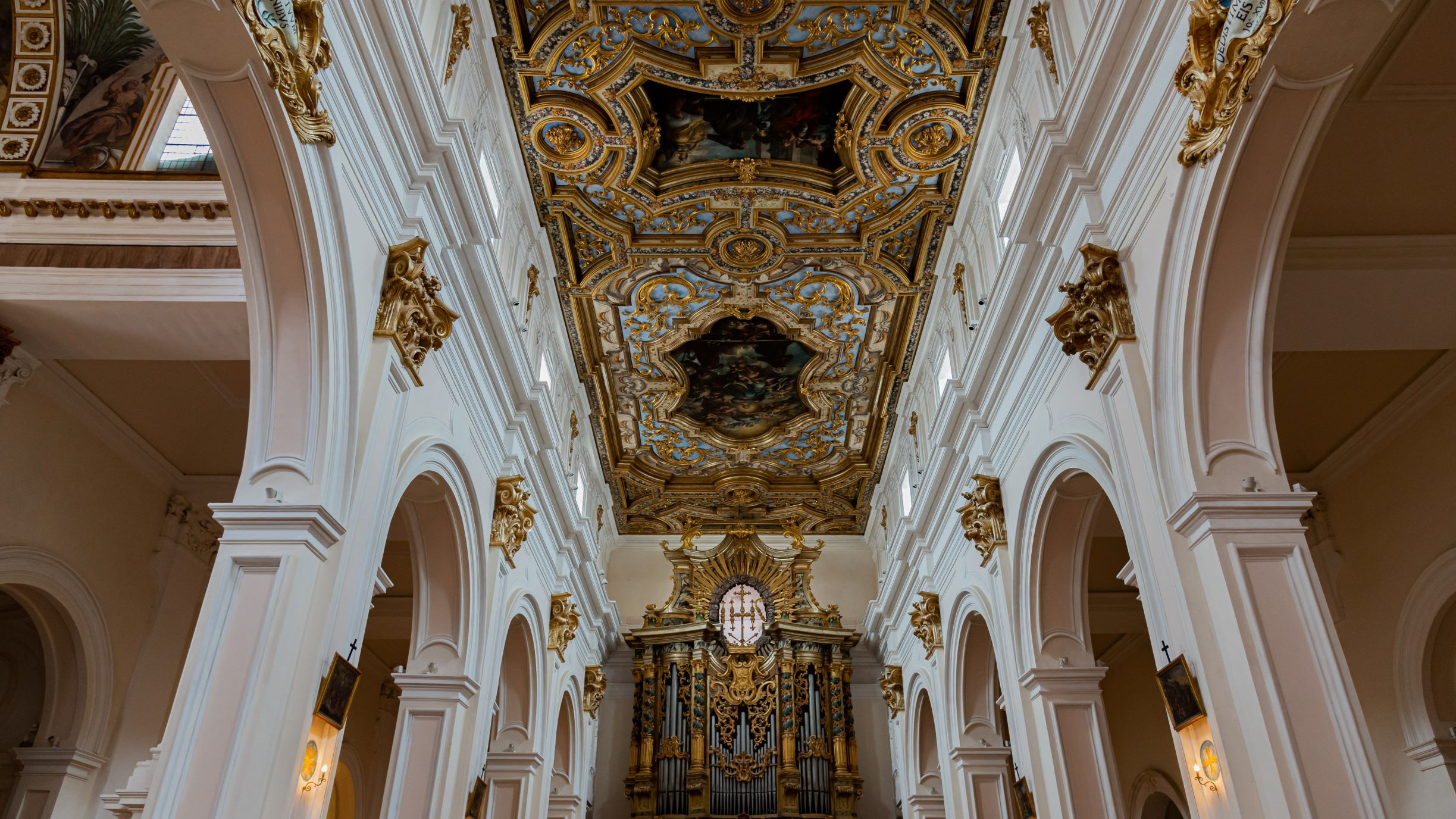
2020
L'Aquila. Basilica of San Bernardino - 2019
The church of San Bernardino is located at the end of the homonymous and scenic staircase, in the historic center of L'Aquila, about 600 m from the Spanish Fort. The construction of a church that worthily guarded the remains of San Bernardino da Siena (1380-1444) - the persuasive preacher of the Order of the Friars Minor who died in L'Aquila and proclaimed a saint in 1450 - was strongly desired by the influential friar Giovanni da Capistrano. At first the conventual friars opposed the construction of the church, however the works were started and completed between 1454 and 1472. The earthquake of 1703 seriously damaged the church, which was renovated according to the stylistic and architectural methods of the time. In 1946, at the behest of Pope Pius XII, the church received the honorary title of minor basilica.
2025
Ortona. The Aragonese Castle
The Aragonese Castle is a fortification of Ortona, on the edge of the city and overlooking the sea. Famous residence of the protector of Ortona Ludovica Ianneys (1756-1812) from 1773 to 1812.
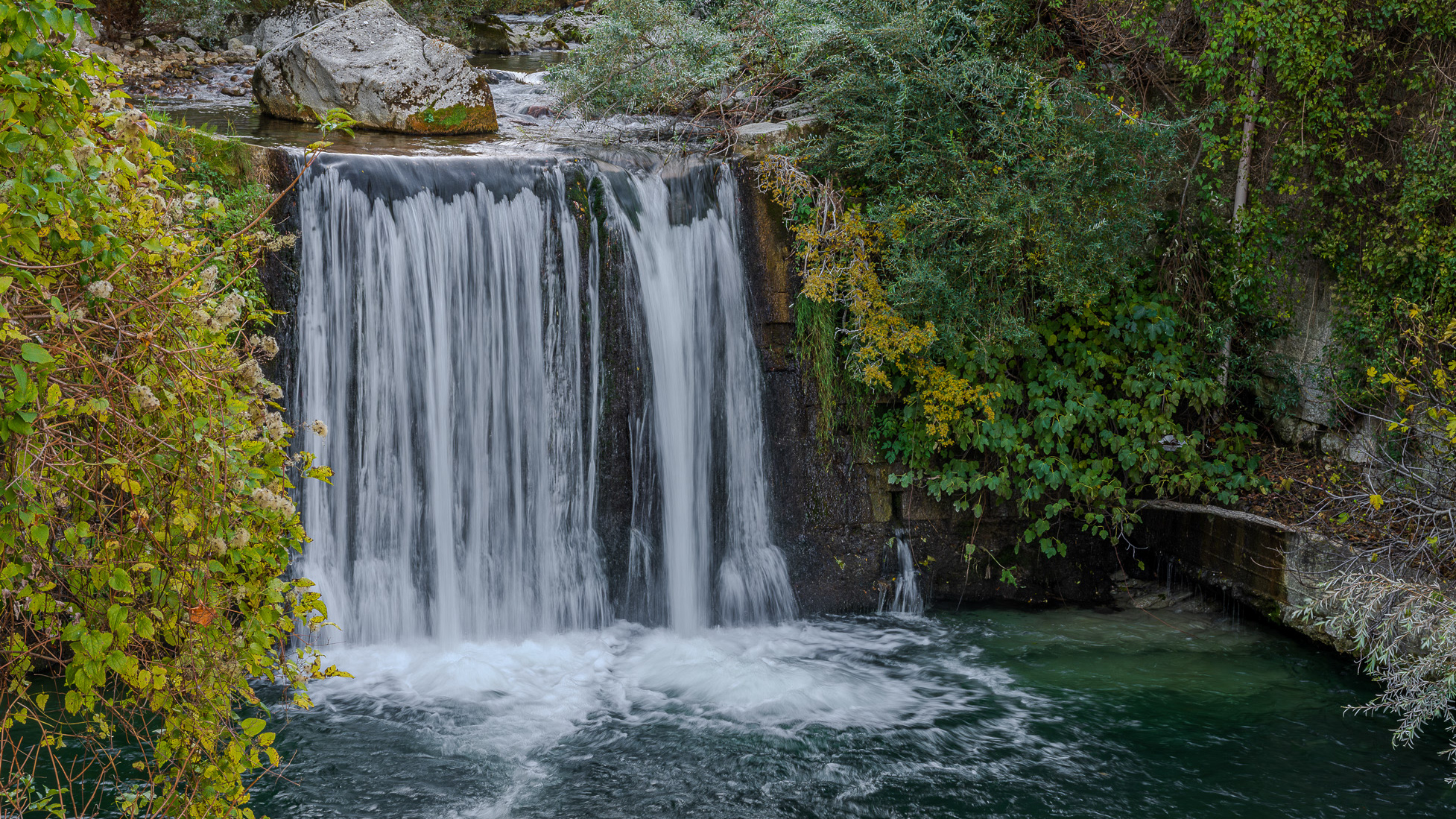
2023
Palena. The waterfalls of the Aventine river
The Aventine is a 45 km long river in Abruzzo, born from the sources of Capo di Fiume, located within the municipality of Palena, located at 863 m above sea level, downstream of the Cotaio stream.

2025
Ortona. Basilica of St. Thomas the Apostle
The Cathedral Basilica dedicated to St. Thomas the Apostle was built on the site of an ancient Roman temple. Destroyed by the Normans in 1060, it was rebuilt.
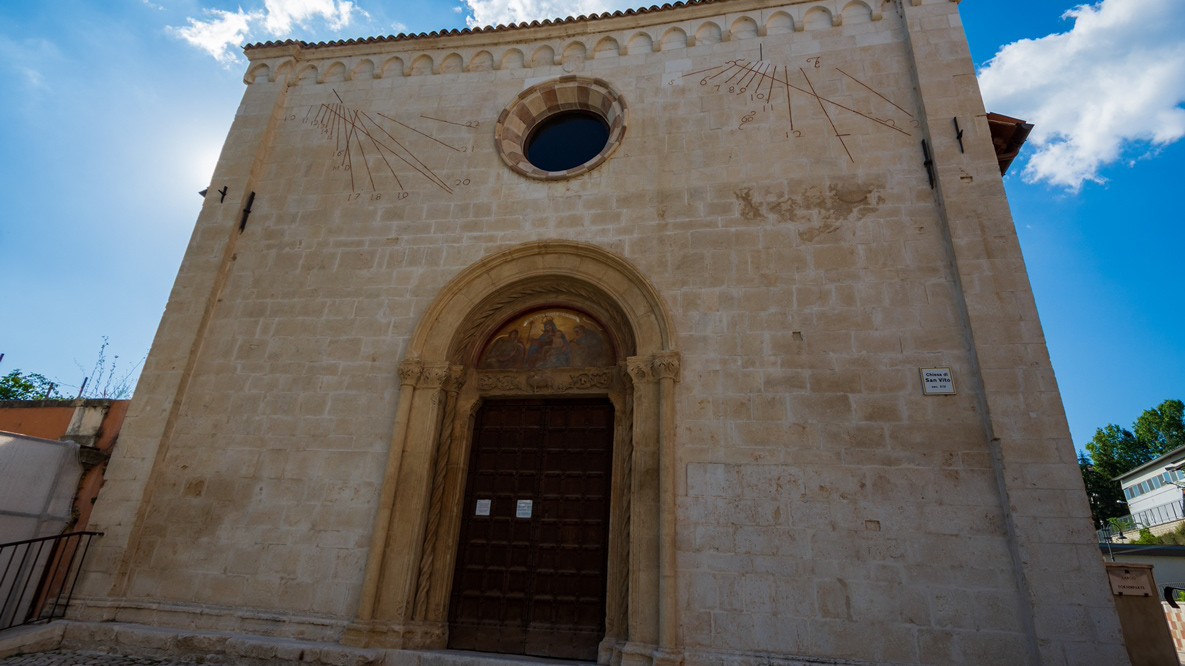
2018
L'Aquila
L'Aquila (IPA: / ˈlakwila /, pronunciation, formerly Aquila until 1863 and Aquila degli Abruzzi until 1939) is an Italian town of 69 284 inhabitants, capital of the province of the same name and of the Abruzzo region. The city is located in the Abruzzo hinterland on the slope of a hill to the left of the Aterno river, in a predominant position with respect to the Gran Sasso massif, the homonymous basin and the Aterno valley, on an area of 467 km² which make it the ninth largest municipality in Italy. Divided into 59 districts and hamlets, part of its territory is included in the Gran Sasso and Monti della Laga national park and reaches over 2,000 meters above sea level.

2021
Rio Verde waterfalls
Borrello, Chieti, Abruzzo. The Regional Nature Reserve and the WWF OASIS Cascate del Verde. It is a protected natural area of Abruzzo, established in 2001, which covers an area of approximately 287 hectares.

2017
Abruzzo - Gran Sasso of Italy
The Gran Sasso (or Gran Sasso d'Italia) is the highest mountain massif of the continental Apennines, located in the central Apennines, entirely in Abruzzo, as part of the easternmost ridge of the Abruzzo Apennines, on the border between the provinces of L ' Aquila, Teramo and Pescara. It borders to the north with the territories of Fano Adriano, Pietracamela, Isola del Gran Sasso d'Italia, Castelli and Arsita, to the east with the Gorges of Popoli, to the south-west directly with the plain of Assergi, further downstream with L'Aquila , to the south it is limited by Campo Imperatore and downstream by the Piana di Navelli, while to the west-north-west it borders the chain of the Monti della Laga and Lake Campotosto, separated from them by the upper Vomano Valley and the state road 80 of the Gran Sasso d'Italia that crosses it. The Gran Sasso d'Italia is a protected environmental area with the establishment of the Gran Sasso and Monti della Laga National Park. It includes the Gran Sasso mountain community and the Campo Imperatore-Piana di Navelli mountain community.
